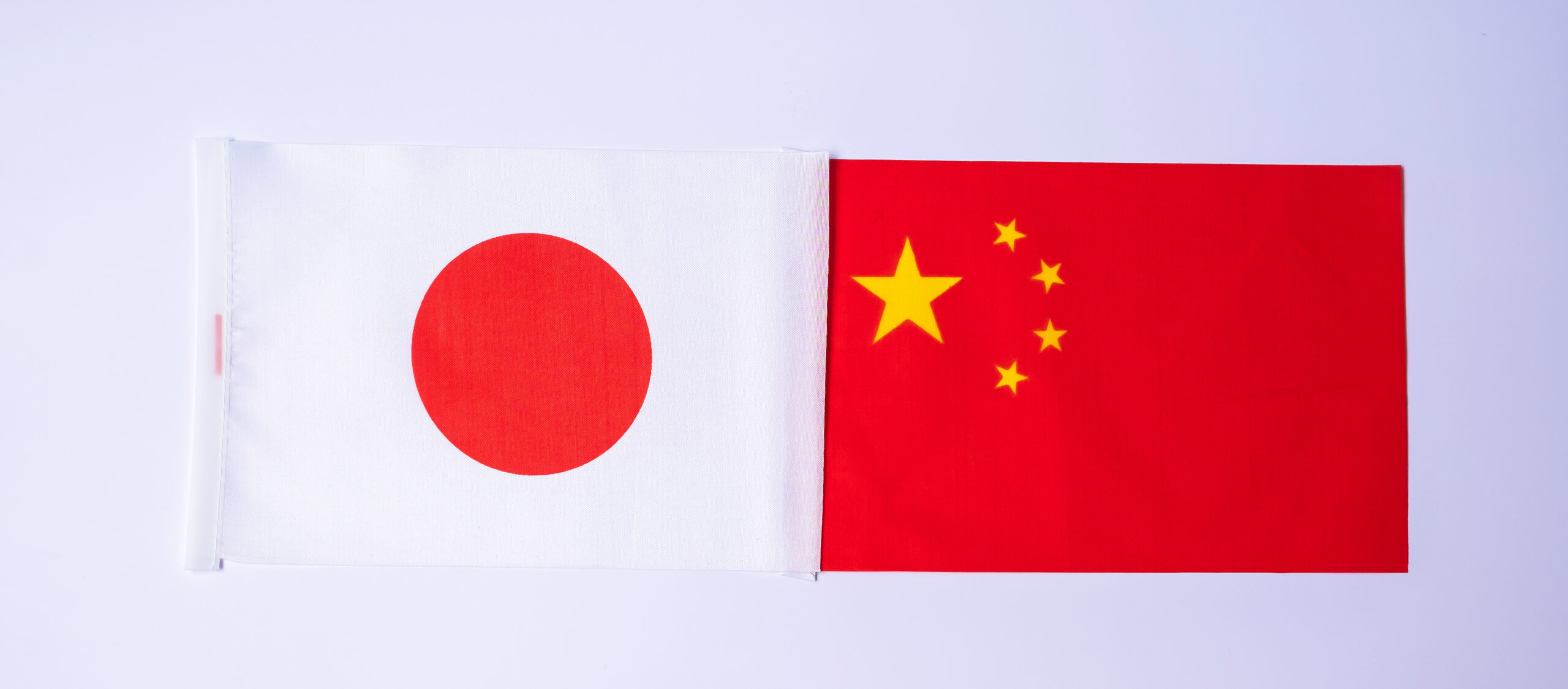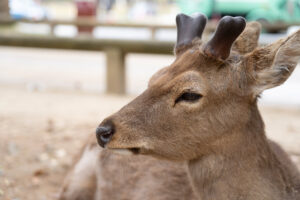In the vast expanse of our planet, few cultural contrasts are as captivating and complex as those between China and Japan. These neighboring giants of Asia, each with a rich tapestry that weaves through millennia, offer a fascinating study in both divergence and convergence. From the ancient roots that define their identities to the modern innovations shaping their futures, exploring the cultural contrast between China and Japan illuminates not just the uniqueness of each but also the shared heritage that underpins Asian civilization. This article delves deep into the heart of this contrast, unraveling the intricate patterns that define and differentiate the cultural landscapes of China and Japan.
Exploring the Roots: China and Japan’s Histories
China’s history spans over 5,000 years, marked by dynastic shifts, philosophical births, and vast empires. Its narrative weaves through the rise and fall of dynasties like Han and Ming, telling tales of innovation, conquest, and profound cultural evolution. Conversely, Japan’s history, though slightly younger, narrates a journey of insular development, punctuated by periods of selective external influence, such as from China itself and, later, Western powers. The isolationist policies of the Edo period, for instance, fostered a uniquely Japanese culture, deeply rooted in the appreciation of transient beauty and the warrior code of Bushido. These divergent historical paths have sculpted two distinctly different societies from a shared Asian heritage.
Philosophical Foundations: Confucianism vs. Zen
Confucianism, with its emphasis on hierarchy, harmony, and filial piety, has permeated Chinese society for centuries, shaping its institutions and social structures. This philosophical tradition advocates for a well-ordered society based on mutual respect and moral integrity. In contrast, Japan’s spiritual landscape has been significantly influenced by Zen Buddhism, which emphasizes enlightenment through meditation, intuition, and the paradoxical pursuit of emptiness. While Confucian ideals have also found a place in Japanese society, it is Zen, with its minimalist aesthetic and focus on the present moment, that uniquely colors Japanese culture.
Language and Script: Symbols of Identity
The Chinese language, with its thousands of characters and tonal nuances, is a living relic of the country’s extensive history. This complex script has not only survived through centuries but has also spread across East Asia, influencing neighboring cultures. Japanese, though it borrowed heavily from Chinese characters (kanji), evolved to include two syllabaries (hiragana and katakana) that cater to its phonetic needs, creating a linguistic system that captures both the influence of Chinese civilization and the uniqueness of Japanese identity. This blend of scripts in Japan reflects a broader cultural pattern of assimilation and adaptation.
The Artistic Divide: Ink, Silk, and Beyond
Chinese art, known for its meticulous brushwork in ink paintings and calligraphy, celebrates the philosophical depth and natural beauty. Similarly, silk weaving and ceramic craftsmanship reflect China’s contributions to the world’s artistic heritage. Japanese art, while sharing these common roots, took divergent paths, especially noticeable in the Ukiyo-e woodblock prints of the Edo period, which depict the fleeting joys of the mundane world. The Japanese aesthetic, with its emphasis on minimalism, asymmetry, and a deep appreciation for the impermanent, contrasts with the grandeur and permanence often celebrated in Chinese art.
Culinary Journeys: From Sushi to Szechuan
The culinary landscapes of China and Japan are as diverse as their cultures, mirroring the vast difference in tastes and philosophies. Chinese cuisine, with its emphasis on diversity of flavor, from the fiery heat of Szechuan to the subtle sweetness of Cantonese, reflects the regional diversity of the country. Japanese cuisine, on the other hand, focuses on the purity of ingredients and the seasonal quality of the food, exemplified by dishes like sushi, which couples simplicity with sophistication. This contrast not only highlights the different ecological environments but also the underlying cultural attitudes towards balance, harmony, and the art of dining.
Architectural Marvels: Temples and Towers
The architectural landscapes of China and Japan serve as stone and wood narratives of their cultural histories. China’s architectural feats, from the Great Wall to the Forbidden City, underscore its historical preoccupation with grandeur, power, and imperial authority. In contrast, Japanese architecture, exemplified by the elegant simplicity of its temples and the traditional tea houses, reflects a deep integration with nature and a preference for transient beauty. While China builds to impress and endure, Japan constructs to harmonize and contemplate, encapsulating the philosophical divergences of these two cultures.
Festivals and Traditions: A Cultural Parade
Festivals in China and Japan are vivid tapestries that weave together the spiritual, the seasonal, and the social into vibrant displays of cultural pride. China’s Spring Festival, or Chinese New Year, is a kaleidoscope of reds and golds, symbolizing luck and prosperity, while the Mid-Autumn Festival celebrates the moon with poetry and lanterns. Japan’s festivals, such as cherry blossom viewing (Hanami) and the Gion Matsuri, highlight the beauty of nature and the impermanence of life, embodying the Zen philosophy of momentary beauty. Each festival, in its own way, tells the story of a people deeply tethered to their ancestral traditions yet continually evolving.
Martial Arts: Styles of Strength and Serenity
Martial arts in China and Japan are not merely forms of self-defense or physical prowess but are deeply embedded in the philosophical and spiritual traditions of each country. Chinese martial arts, or Wushu, emphasize internal power, fluidity, and the balance of Yin and Yang. Styles vary from the graceful movements of Tai Chi to the explosive power of Shaolin Kung Fu. Japanese martial arts, known collectively as Budo, focus on discipline, ethical conduct, and self-improvement, with practices like Judo and Kendo fostering both physical skill and spiritual tranquility. These martial traditions reflect the contrasting approaches to life and philosophy prevalent in their respective cultures.
Modern Innovations: Tech Giants Clash
In the arena of modern innovations, China and Japan stand as titans, each pushing the boundaries of technology and society. China’s rise as a tech giant is epitomized by companies like Huawei and Alibaba, which dominate global markets with a blend of innovation and scale. Japan’s technological prowess, embodied by brands such as Sony and Toyota, emphasizes precision, quality, and reliability. This clash of tech giants reflects broader cultural themes: China’s rapid, large-scale growth versus Japan’s meticulous attention to detail and quality.
Fashion and Aesthetics: A Tale of Two Styles
The fashion scenes in China and Japan are dynamic expressions of their respective cultures, blending traditional aesthetics with contemporary trends. China’s fashion industry, with its bold colors and patterns, mirrors the country’s economic ascendancy and growing global influence. In contrast, Japan’s fashion, particularly in districts like Harajuku, showcases an eclectic mix of styles, from the traditional kimono to the avant-garde, reflecting a culture that reveres both heritage and innovation. These fashion landscapes reveal much about societal values and the changing face of Asian modernity.
Literature and Poetry: Echoes of Ancient Words
Literature and poetry in China and Japan carry the weight of their ancient civilizations, echoing the philosophical, natural, and existential themes that have preoccupied their cultures for centuries. Chinese literature, with its vast canon of poetry, philosophy, and historical texts, reflects the depth and complexity of Chinese thought and experience. Japanese literature, from the poignant simplicity of haiku to the narrative depth of the novel, captures the transient beauty of nature and human emotion. These literary traditions, rich in symbolism and emotion, offer a window into the soul of each culture.
Bridging the Gap: Shared Challenges, Shared Futures
Despite their differences, China and Japan face common challenges in the 21st century, from environmental sustainability to technological ethics, presenting opportunities for cooperation and mutual learning. As they navigate these shared waters, the cultural interplay between China and Japan continues to evolve, shaped by forces of globalization and the digital revolution. Understanding the contrast and convergence between these two cultures not only enriches our appreciation of their individual identities but also highlights the interconnectedness of our global community.
The cultural contrast between China and Japan is a testament to the rich diversity and dynamic interplay of human societies. Through exploring their histories, philosophies, and innovations, we uncover not just the differences that define them but also the shared threads that weave through their collective narratives. As they stand today, China and Japan embody the dual forces of tradition and transformation, challenging us to appreciate the depth of our diverse human tapestry. In this journey of cultural exploration, we find not just the soul of two nations but a reflection of our shared humanity.








